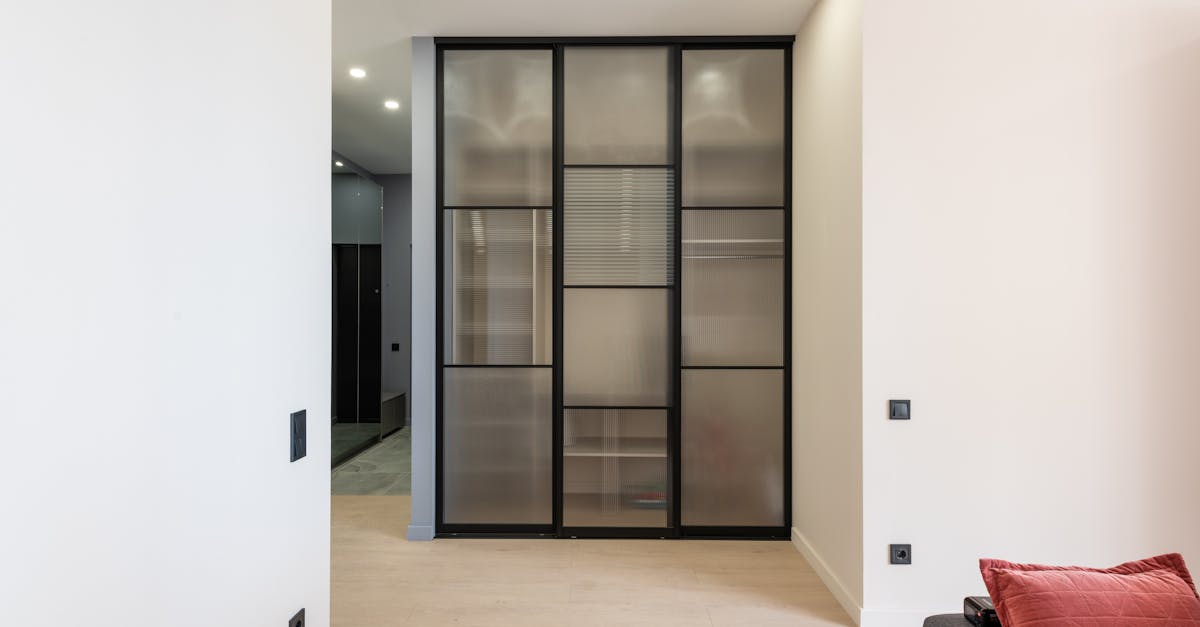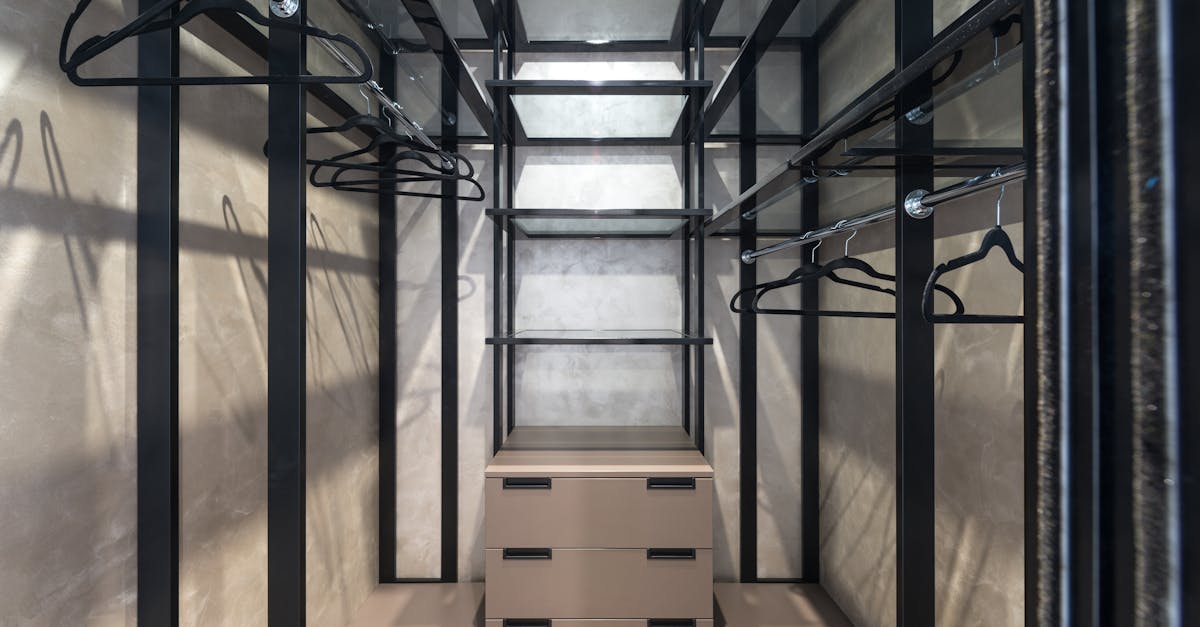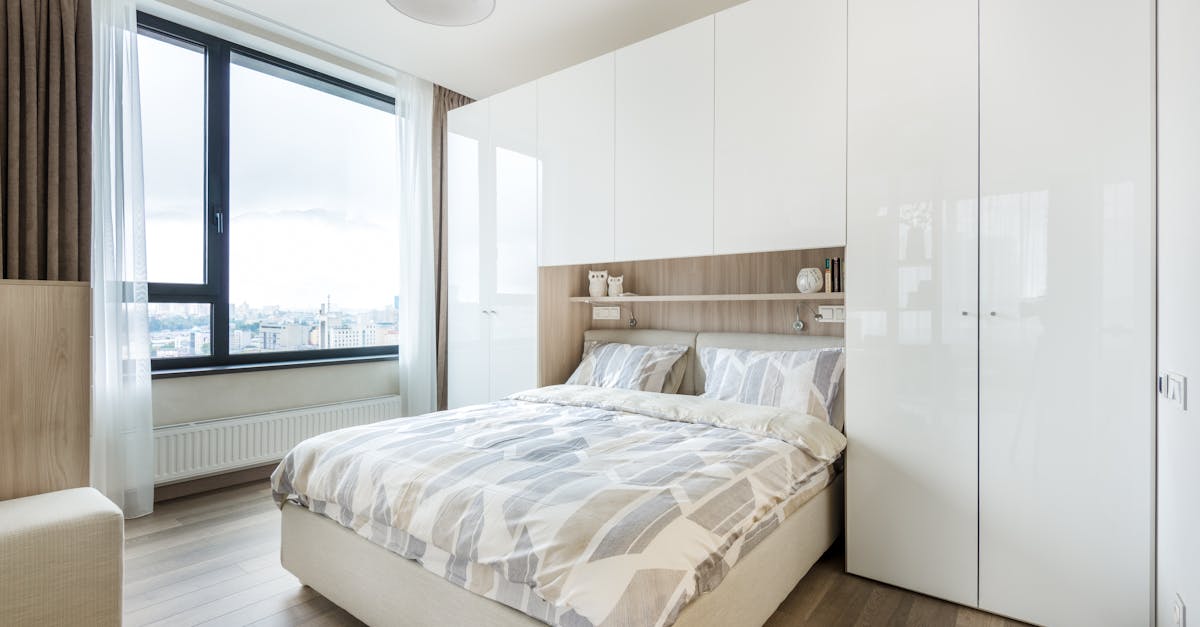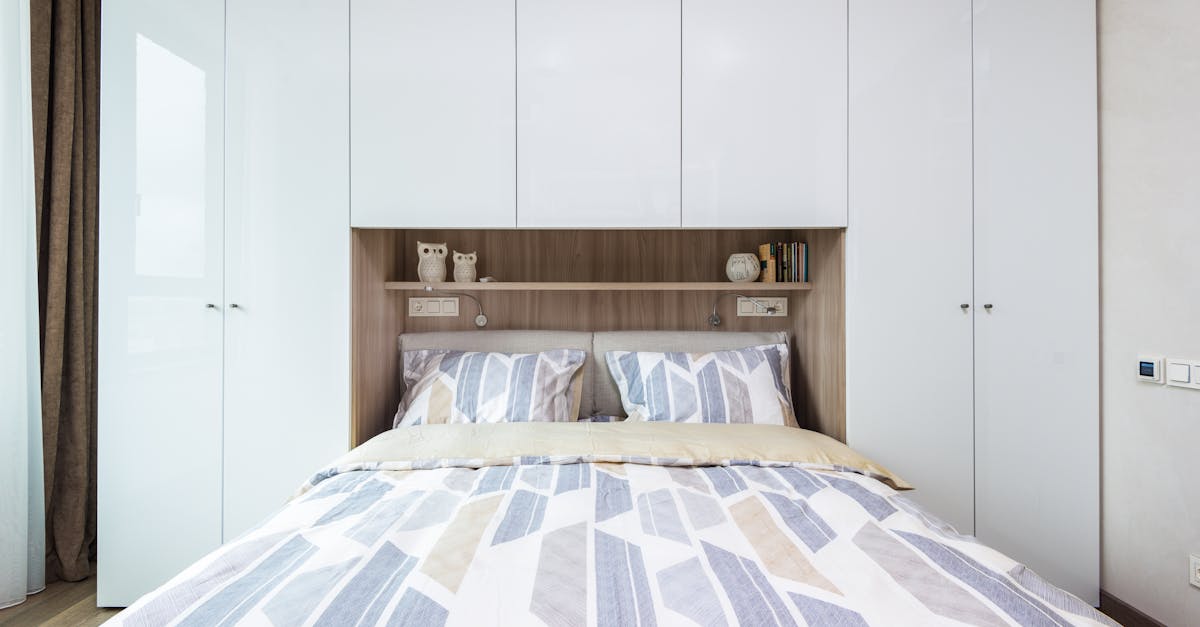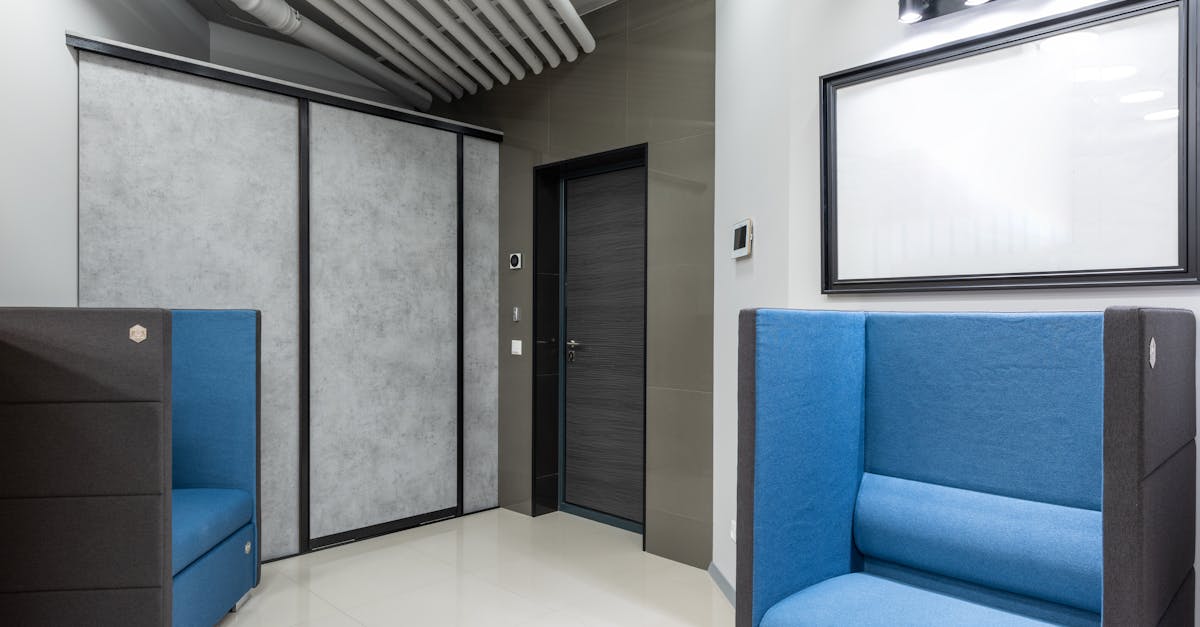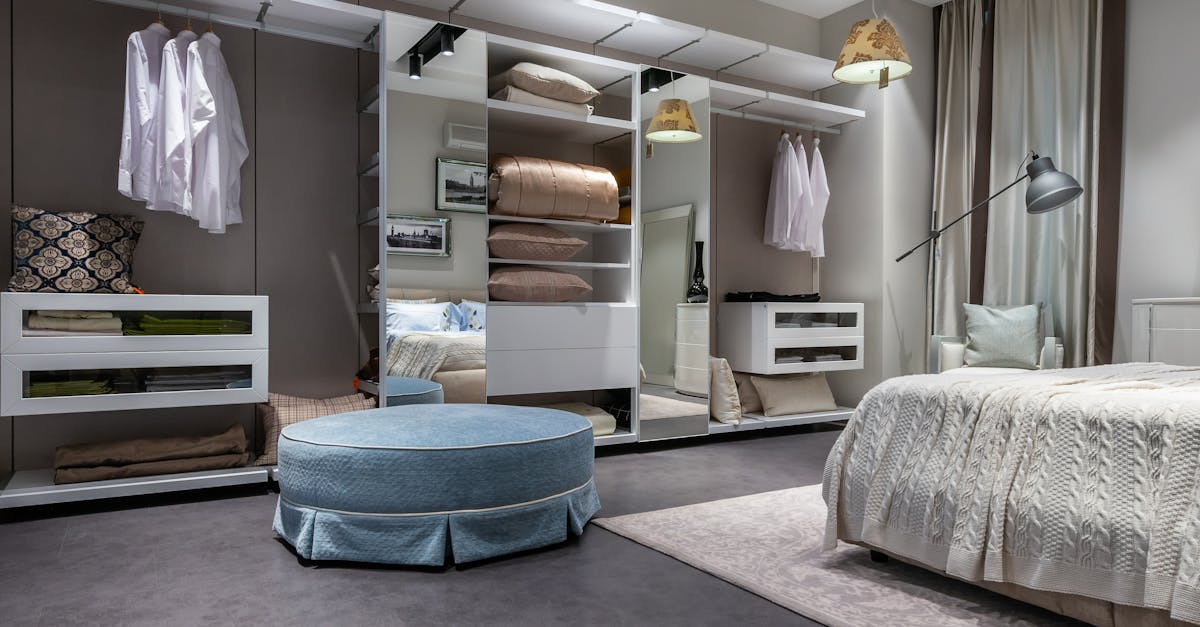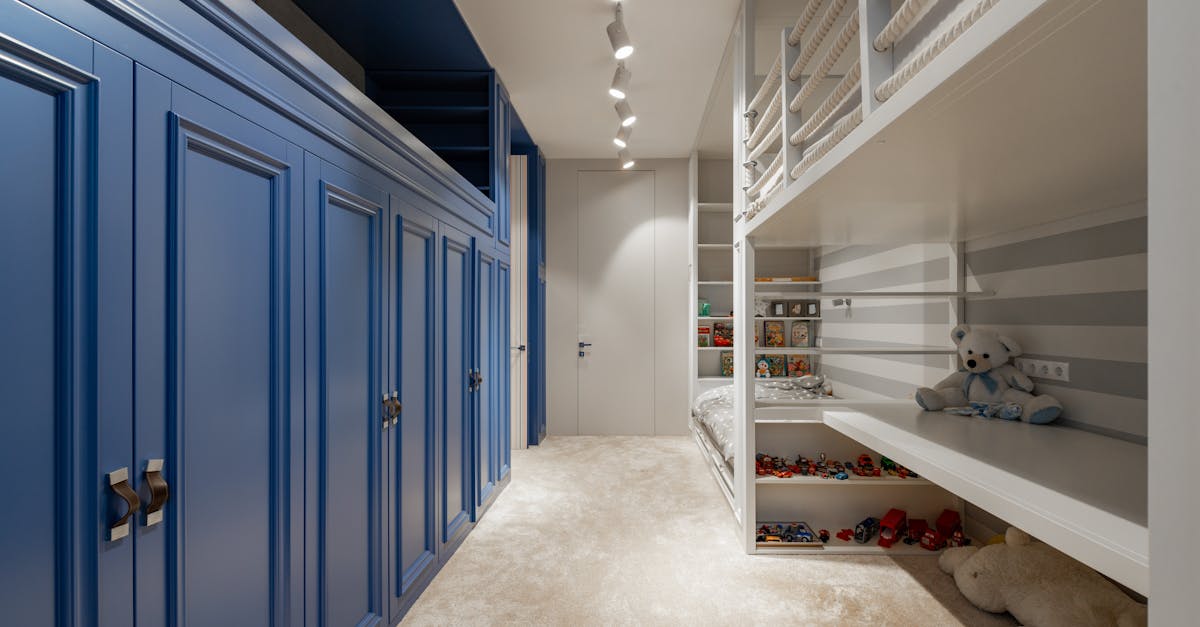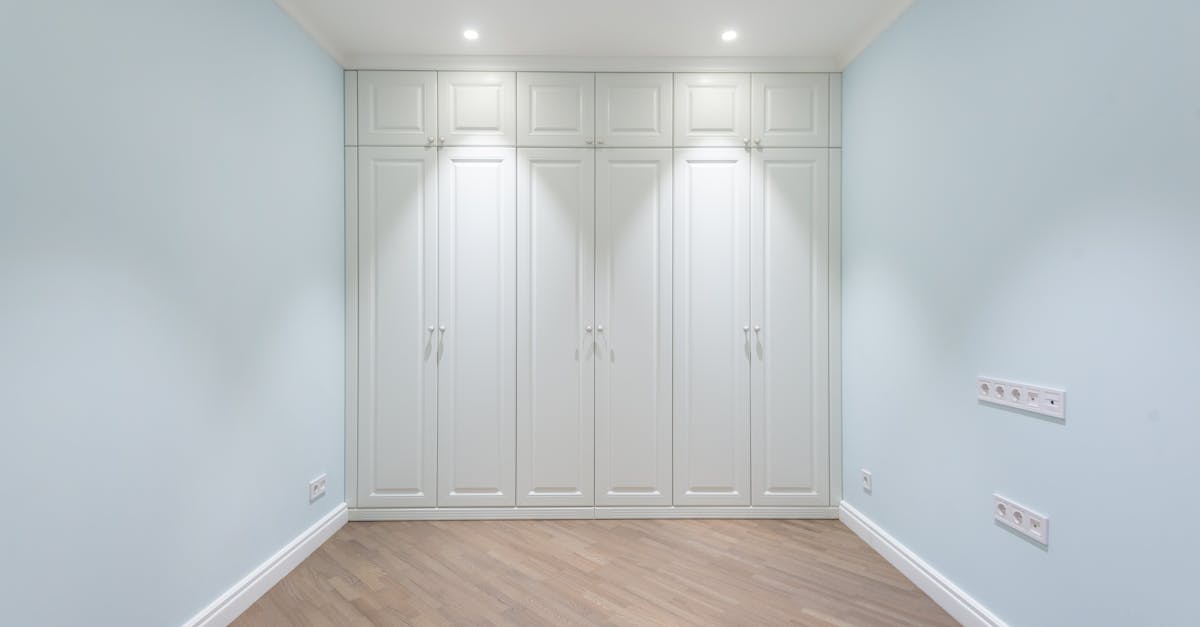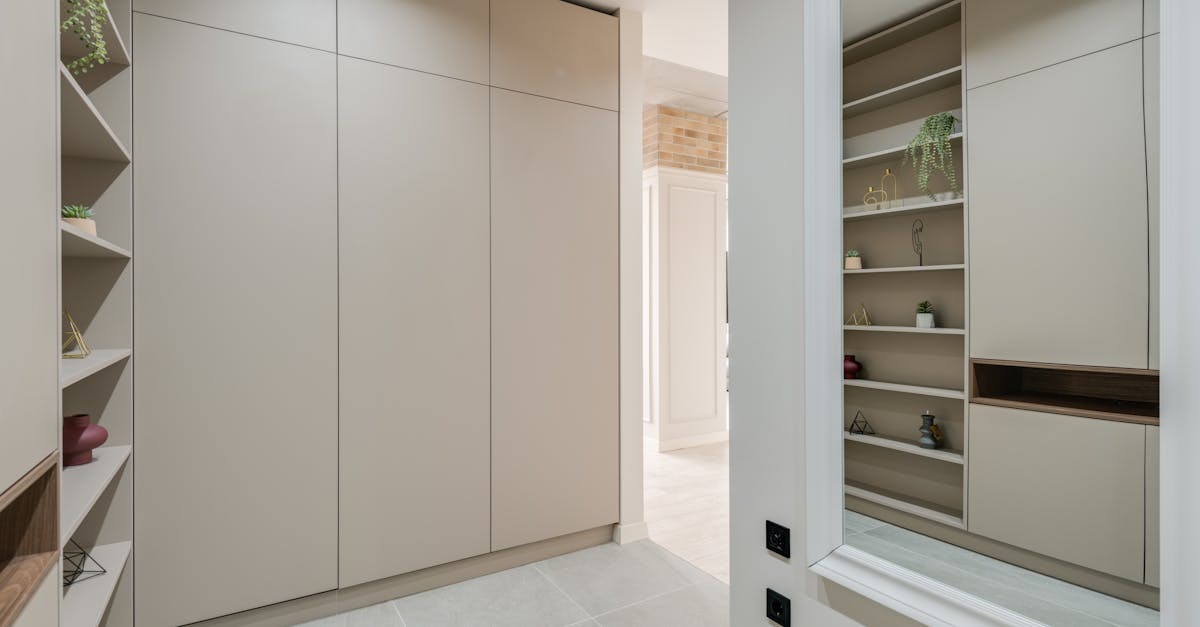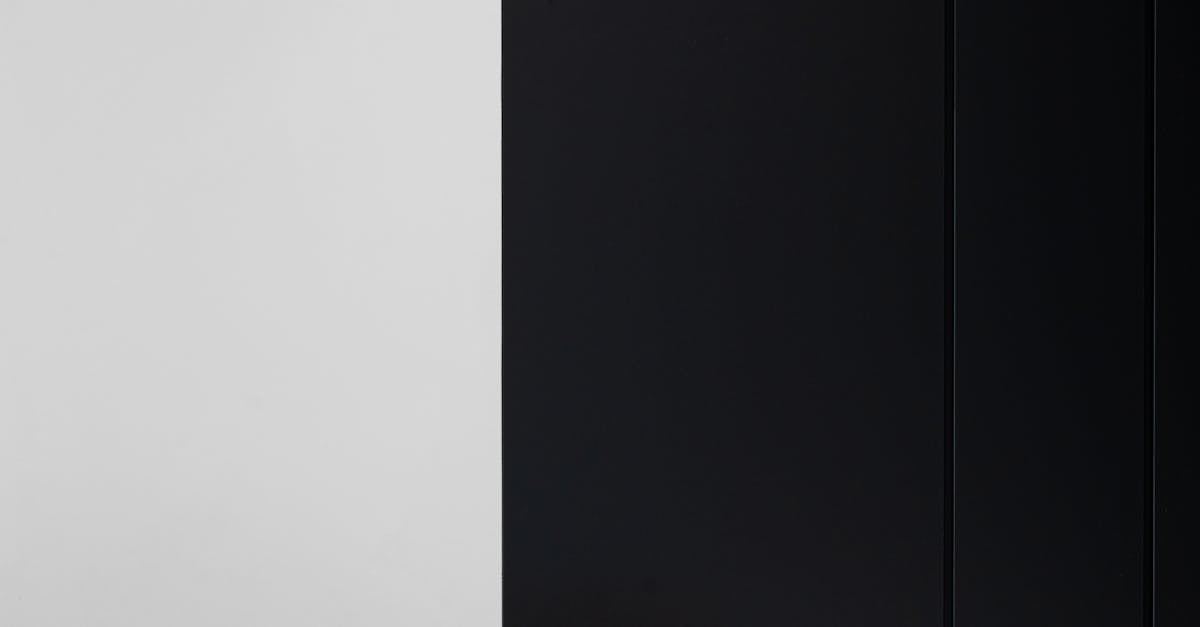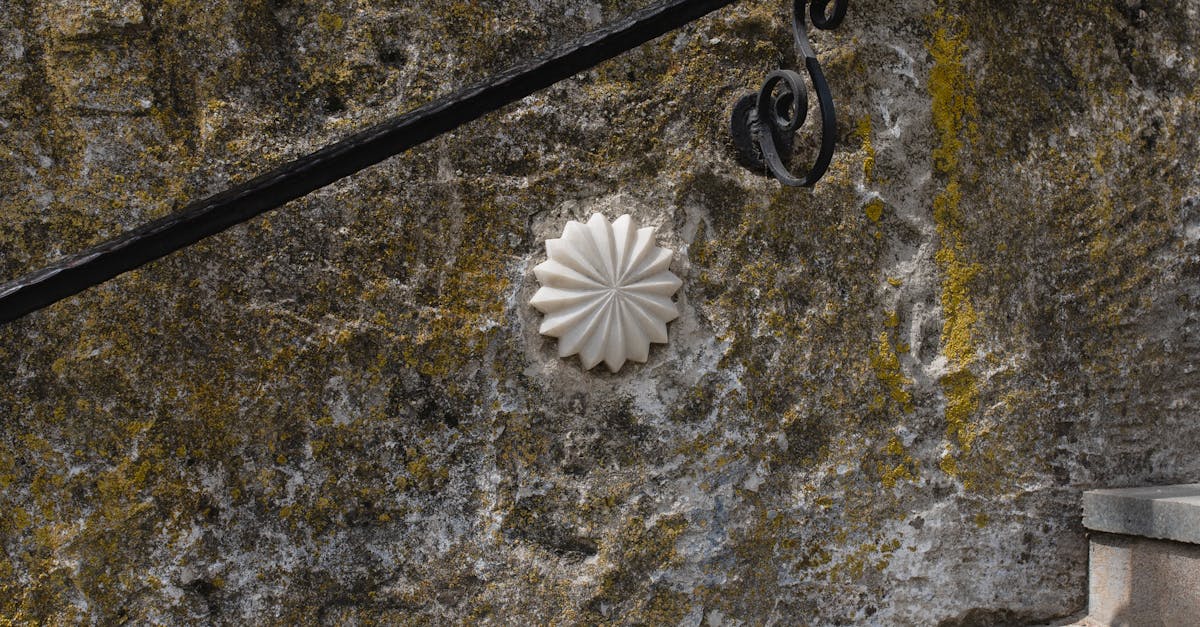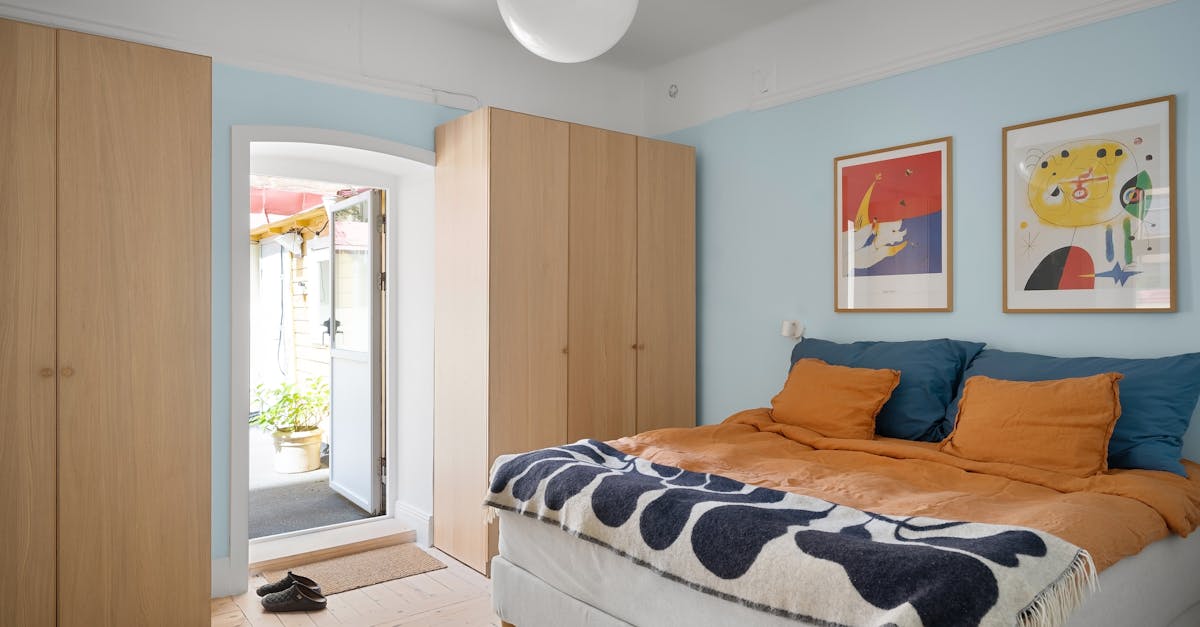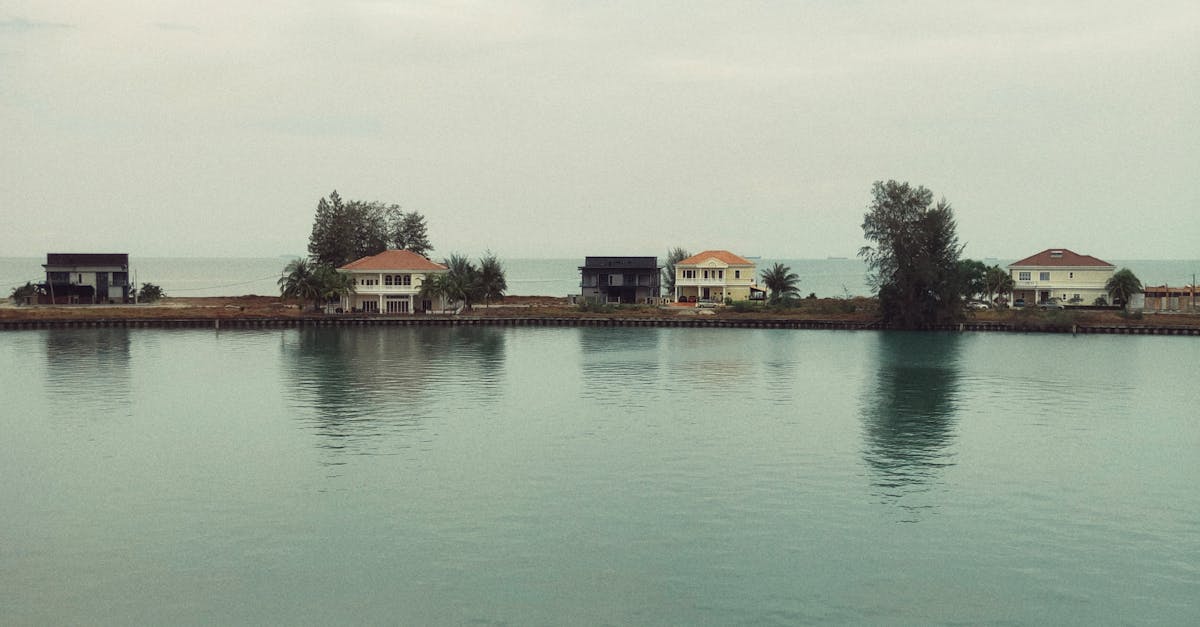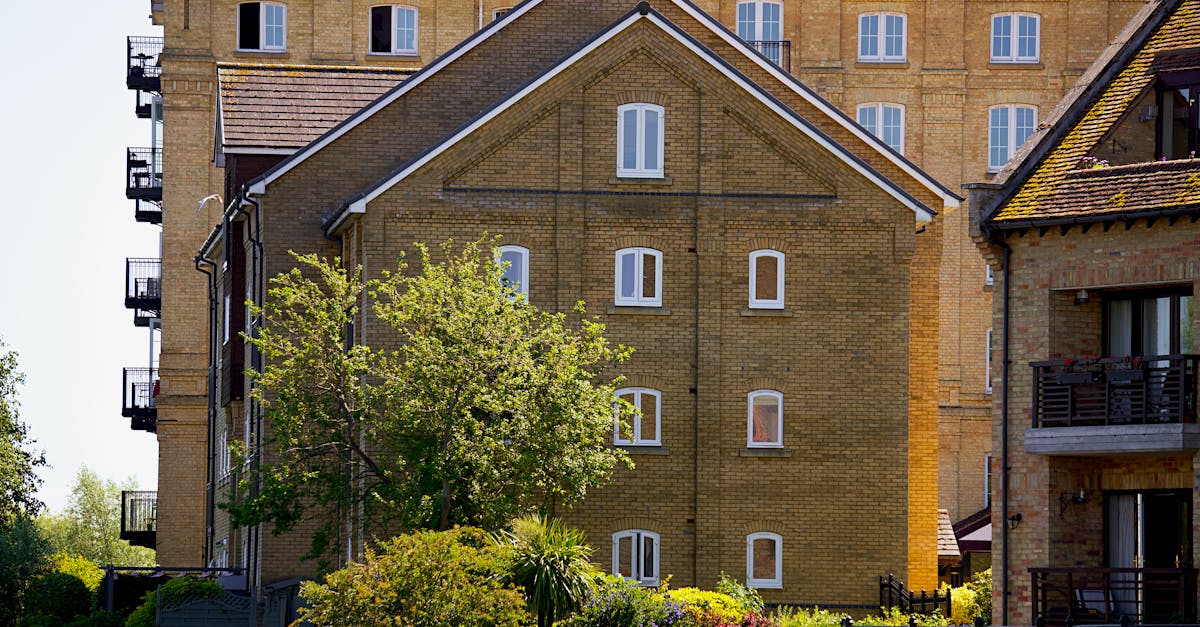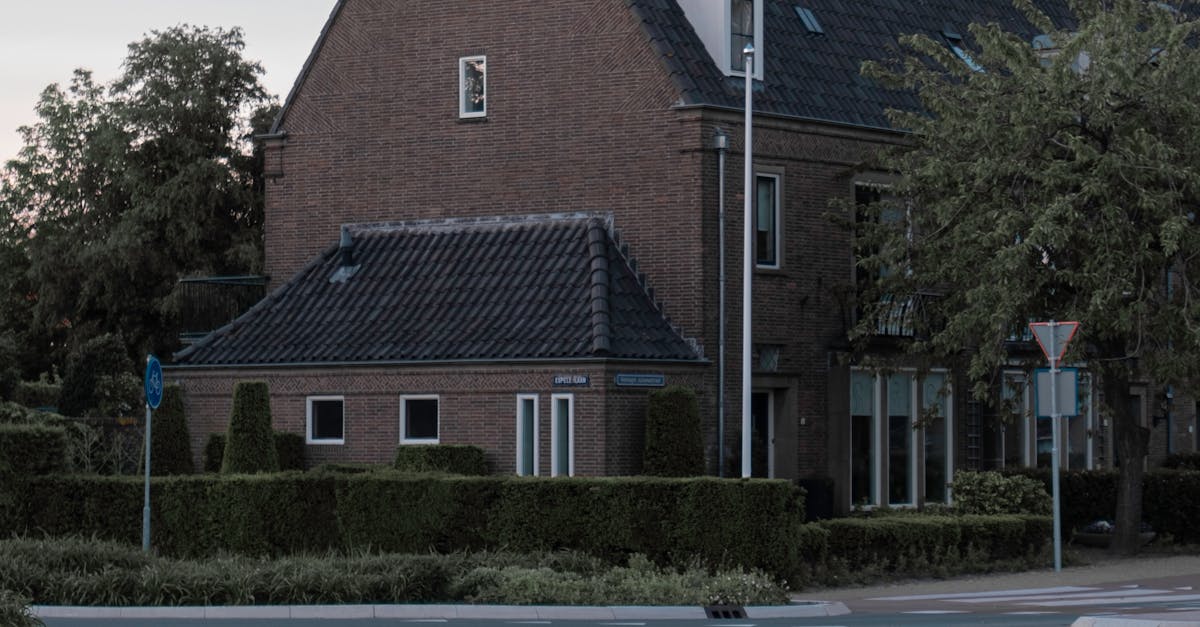
Table Of Contents
Repairing Damage Before Resurfacing
Repairing damaged cabinets before resurfacing is crucial to achieve a high-quality finish and prolong the lifespan of your cabinets. Cabinet Refacing and Refinishing in Mayfield, New South Wales, suggests closely inspecting the cabinets for any signs of wear and tear, such as scratches, dents, or peeling surfaces. These issues should be addressed before proceeding with the resurfacing process to prevent further damage and ensure a smooth application of the new surface.
By repairing the damage before resurfacing, you can significantly improve the overall appearance and durability of your cabinets. Prioritize fixing any structural issues, such as loose hinges or warped doors, to guarantee that the resurfacing treatment adheres correctly and lasts longer. Cabinet Refacing and Refinishing in Mayfield, New South Wales, emphasizes the importance of preparing the cabinets properly before applying any new finishes to achieve a professional look and maximise the longevity of your cabinets.
Do damaged cabinets need to be repaired before resurfacing again?
When considering whether damaged cabinets need to be repaired before resurfacing again, it is crucial to assess the extent of the damage. Cabinet Refacing and Refinishing in Mayfield, New South Wales, experts suggest that repairing any significant damage, such as water stains, cracks, or warping, is essential before proceeding with a new resurfacing treatment. Neglecting to address underlying issues can result in a subpar finish and reduce the longevity of the cabinets. By taking the time to properly repair damaged areas, you can ensure a smooth and durable surface for the new resurfacing process.
Moreover, addressing any damage before resurfacing again not only improves the aesthetic appeal of the cabinets but also contributes to their overall structural integrity. It is recommended to consult with professionals in Cabinet Refacing and Refinishing in Mayfield, New South Wales, to identify the best course of action for repairing damaged cabinets before embarking on a new resurfacing project. By investing in necessary repairs upfront, you can enhance the quality and longevity of your cabinets, ensuring they remain functional and visually appealing for years to come.
Maintaining Durability of Resurfaced Cabinets
Maintaining the durability of cabinets that have undergone multiple resurfacing treatments is crucial to prolonging their lifespan. Cabinet Refacing and Refinishing in Manly Vale, New South Wales, emphasises the significance of using high-quality materials and finishes to ensure the longevity of resurfaced cabinets. Proper maintenance, such as regular cleaning with mild soap and water, and avoiding harsh chemicals, can help preserve the integrity of the cabinet surfaces over time.
In addition to routine maintenance, implementing preventive measures can further enhance the durability of resurfaced cabinets. Applying a protective sealant or topcoat after each resurfacing treatment can provide an extra layer of defence against daily wear and tear. Moreover, being mindful of excessive moisture exposure and abrupt temperature changes can help prevent warping or delamination of the cabinet surfaces. By adhering to these maintenance practices, homeowners can enjoy the aesthetic appeal and functionality of their resurfaced cabinets for years to come.
How to ensure longevity of cabinets after multiple resurfacing treatments?
To ensure cabinets maintain durability after undergoing multiple resurfacing treatments, it is essential to carefully select high-quality materials for the refinishing process. Opting for durable finishes and paints can significantly extend the lifespan of the cabinets and enhance their resistance to wear and tear. Additionally, regular maintenance, such as cleaning with gentle solutions and avoiding harsh abrasives, can prevent premature damage and ensure the longevity of the resurfaced cabinets. Cabinet Refacing and Refinishing in Towamba, New South Wales, offers expert advice on selecting the right materials and maintenance routines to keep resurfaced cabinets looking fresh and sturdy for years to come.
Moreover, protecting the cabinets from excessive moisture and temperature fluctuations can help maintain their structural integrity over time. Ensuring proper ventilation in the kitchen and avoiding direct exposure to extreme heat sources can prevent warping and discolouration of the cabinets. Additionally, implementing preventive measures like installing soft-close hinges and using cabinet liners can minimise daily wear on the resurfaced cabinets. By following these tips and seeking professional guidance from Cabinet Refacing and Refinishing in Towamba, New South Wales, homeowners can maximise the lifespan of cabinets even after repeated resurfacing treatments.
Cost Considerations for ReResurfacing
When considering the cost of re-resurfacing cabinets, it is important to weigh the expenses against the benefits. Cabinet refacing and refinishing in Warriewood, New South Wales can be an effective way to give your cabinets a fresh look without the hefty price tag of completely replacing them. In some cases, re-resurfacing cabinets can be a more budget-friendly option, especially if the cabinets are still in good structural condition and only require a cosmetic touch-up.
However, it is essential to factor in the potential costs of repairing any damage or wear that may have occurred since the last resurfacing. If the cabinets require extensive repairs or restoration work, the overall cost of re-resurfacing may increase significantly. Before making a decision, it is advisable to consult with professionals in Warriewood, New South Wales to get an accurate estimate of the total cost involved in re-resurfacing your cabinets.
Is it more costeffective to resurface cabinets again or replace them?
When pondering whether to resurface cabinets again or opt for replacement, factors such as cost, condition, and desired outcome play significant roles. Cabinet Resurfacing and Refinishing in Towamba, New South Wales, offers a cost-effective solution, particularly for those seeking a fresh appearance without the hefty price tag of complete replacement. Diving into the decision-making process involves evaluating the current state of the cabinets, including the extent of wear and tear, damage, and desired aesthetic upgrades.
Considering the financial aspect, choosing between resurfacing cabinets again or replacing them requires careful consideration. While the upfront cost of replacement may seem daunting, Cabinet Refacing and Refinishing in Towamba, New South Wales, provides an affordable alternative that can breathe new life into tired cabinets. Moreover, re-resurfacing can be a sustainable choice that not only saves money but also minimises waste by repurposing existing cabinetry.
FAQS
Can cabinets that have already been resurfaced be resurfaced again?
Yes, cabinets that have already been resurfaced can be resurfaced again. However, it is important to assess the condition of the cabinets and consider any previous damage or wear before proceeding with another resurfacing treatment.
How can I repair damaged cabinets before resurfacing them again?
Before resurfacing cabinets that have already been resurfaced, it is essential to repair any damage such as dents, scratches, or peeling paint. This may involve sanding down imperfections, filling in gaps, or replacing damaged sections to ensure a smooth and durable finish.
Do damaged cabinets need to be repaired before resurfacing again?
Yes, damaged cabinets should be repaired before undergoing another resurfacing treatment. Repairing any existing damage will help to ensure a more uniform and long-lasting finish when resurfacing the cabinets again.
How can I maintain the durability of cabinets after multiple resurfacing treatments?
To maintain the durability of cabinets that have been resurfaced multiple times, it is important to follow proper care and maintenance practices. This includes avoiding harsh chemicals, using gentle cleaning methods, and periodically resealing or refinishing the cabinets as needed.
Is it more cost-effective to resurface cabinets again or replace them?
The cost-effectiveness of resurfacing cabinets again versus replacing them will depend on the extent of damage, the quality of the existing cabinets, and your budget. In many cases, resurfacing cabinets can be a more affordable option compared to replacing them entirely, especially if the cabinets are structurally sound and only require cosmetic updates.



